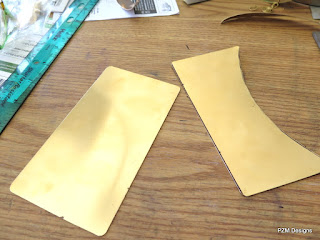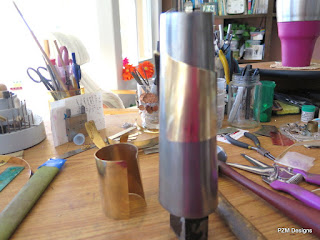Because I am obsessed with knitting and crochet, I find myself working on a project every night, as I unwind from my hectic day. And the thing that I really enjoy is creating garments in luxury yarns. One of my favorite yarns is a blend of kid mohair and silk, 70 percent kid mohair and 30 percent silk.
The yarn itself is very, very thin, with a halo of fine fibers around each strand. This yarn accepts dyes, very well and I can find it in all my favorite colors. And the best thing about it is that it is warm without being heavy. And contrary to many beliefs, this yarn is not scratchy.
Silk and kid mohair blend yarn is also perfect for lace patterns and shows off intricate stitches really well.

My favorite garments to make are my shrugs and boleros. They are my own original designs and are usually knit in one piece, with the only seam being the arm seam. The design covers the upper back and arms and keeps you warm without the weight. Sing the yarn is so thin, the garment is transparent and is a very flattering accessory to dress up any outfit.

These lace shrugs feature an over-sized trim which is all hand crocheted and compliment to lace pattern of the body of the shrug, which is knit.

The other style of sweater that I make from the silk mohair is a little cardigan, which come just to the waist. I use a plain, stockinet stitch (knit one row, purl one row) to show off the beauty of the yarn and it is also transparent. The front of this cardigan closes in the center front and can be left open or closed with a shrug pin.

Both styles of these shrugs have bracelet friendly sleeves, and are so soft and light, that they can easily be rolled up and stashed in your bag, in case the air gets cool.
The care of these garments is very easy. You can just hand wash your shrugs in cool soapy water, rinse well. You should roll it in a towel (do not wring) and lay it flat to dry. You should never iron the silk mohair.























